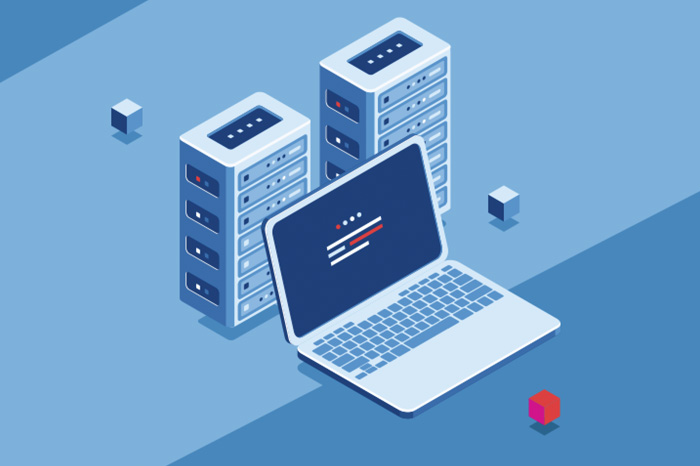Many people usually use different browsers, such as Firefox, Chrome, Edge, Opera, Brave, Vivaldi, etc., and some people use browsers on different platforms such as tablets, mobile phones, and PCs, which leads to a problem: different Browser bookmarks cannot be synchronized, and browser bookmarks on different platforms cannot be kept consistent.
The practical tool Floccus to share in this article supports the synchronization of bookmarks in browsers such as Firefox, Chrome, and Edge. The synchronization methods supported by Floccus are: automatic synchronization (by default, every 15 minutes, and the time can be modified by yourself), manual synchronization. One advantage of Floccus is that it supports WebDAV synchronization, you can use the WebDAV network disk to synchronize Floccus data.
1. Floccus installation method
website:
Official website: https://floccus.org/
Download: https://floccus.org/download/
Go to the Floccus download page and download the corresponding Floccus plug-in according to your own browser.
2. Floccus synchronization method
Floccus itself does not have a storage server, but it supports third-party synchronous storage. Floccus currently supports three data synchronization methods: Nextcloud bookmarks, Google Drive, and WebDAV.
2.1 Nextcloud
application:
https://github.com/nextcloud/bookmarks
If you have NextCloud, you can install Nextcloud Bookmarks, and then you can see your synced bookmarks in Nextcloud.

2.2 Google Drive
If you use Google Drive, you can use Google Drive to sync Floccus data.
2.3 WebDAV
Floccus can use WebDAV to synchronize, which is suitable for friends who cannot use Google Drive and NextCloud.



